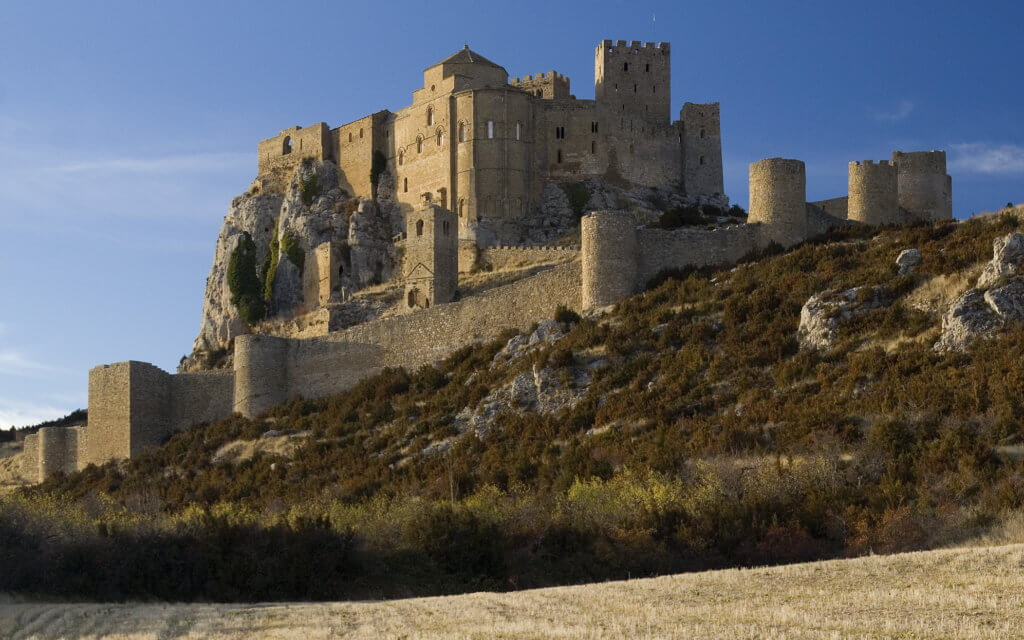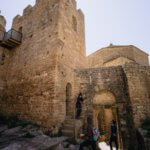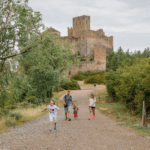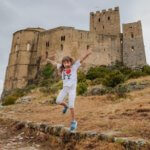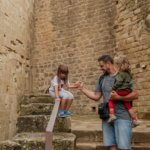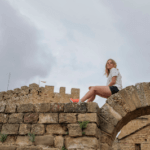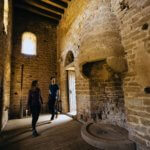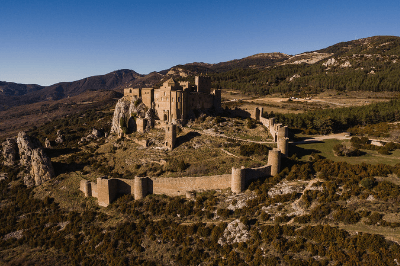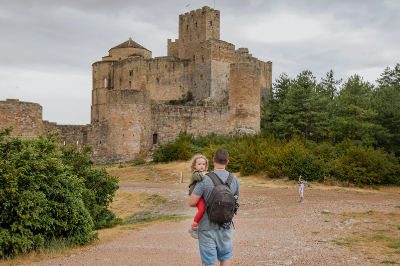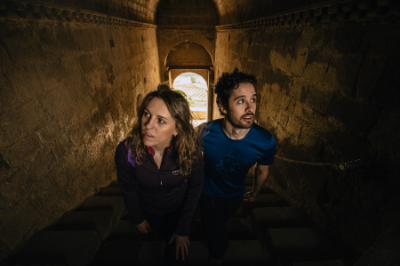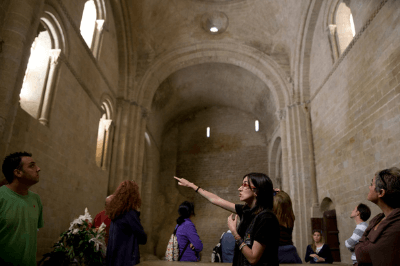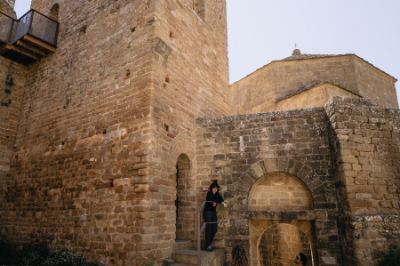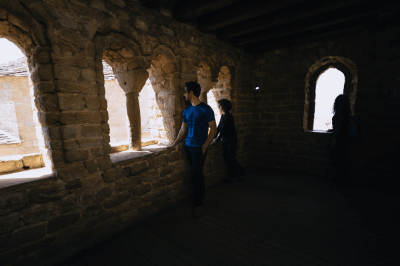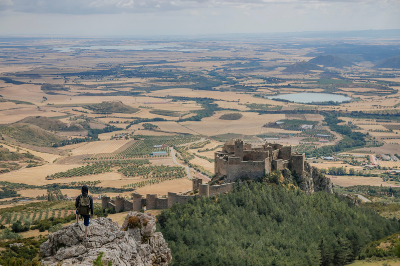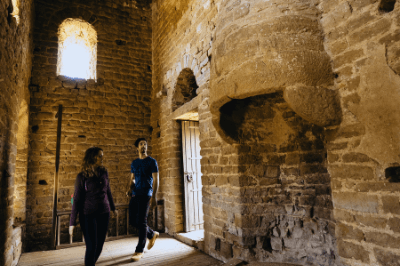Unique. Imposing. Impregnable. Awe-inspiring. This is the castle of Loarre. The most beautiful Romanesque military castle in the world. A familiar silhouette that takes us directly to the heart of the pre-Pyrenees.
The castle was the epicentre of the conquest of Huesca and Bolea, but after achieving the surrender of these places, it was no longer necessary. It remained active until the fifteenth century when it was abandoned. That was our good luck because since it was not required, it has not undergone any subsequent modification and what we see is a unique and exclusively Romanesque monument in its original state. National Geographic recently declared it to be one of the most beautiful castles in the world.
How do you play Hunt the Treasure?
We’re going to give you some clues so you can find the treasure. They are spread throughout the city, and you need to get them in the correct order. Remember to bring paper and pen. When you have them all, you will have the key to unlocking the location of the gold coins. At the bottom of the page, you have access to the treasure. You have to enter the clue numbers in the correct order: the first number of the first clue, the second number of the second clue, and so on.
